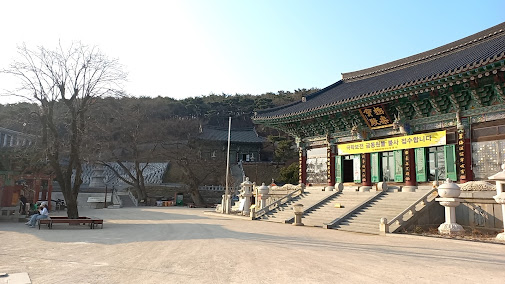Chicken is a representative K-food, and chicken is the main ingredient.
In the past, it was a steamed dish called Yeonggye Baeksuk, which was said to be liked by Cao Cao during the Wei Dynasty of China, but now it is widely used as a fried food using vegetable oil.
As for Baeksuk, it is sold under the name of Bangyeotang for those who cannot eat a whole chicken, and there are Yeonggye, which refers to young women, Nogye, which is a derogatory term for older people, and tough native chickens. Corsican chickens are famous for ssamdak, and there are also pet chickens.
Laying hens, that is, chickens that lay eggs, are the Leghorn breed, and sometimes there is also a breed called Plymouth Rock, which is a place name in England, and for broilers, they are usually called Baekseomi, which is a better breed between a meat rooster and a laying hen, and among laying hens, old hens that are economically viable are sometimes used, but for broilers, it is said that young chickens raised to about 1.4 kg at around 32 days old are used most of the time.
In Korea, Harim and Champre have a market share of about 60% for raw chicken meat, and BHC, BTC, and Kyochon are the major manufacturers of chicken processing companies, and there are other small and medium-sized companies as well. In addition, many franchise companies that developed and sold separate sauces for chicken have disappeared.
Chimaek, which is a combination of chicken and beer, is well known as a Korean wave food abroad, and some Korean products have been benchmarked in China, and some in Korea have even looked down on the strong taste of the sauce.
Animal welfare is possible in laying hens that can be raised in mountains or large pens, but it is known to be rare in broilers, and this can be seen in the way they are raised.
A former president said that even if you twist a chicken’s neck, dawn will come as one of his slogans for implementing a democratic society, and hens coo loudly, but roosters crow loudly once in the morning to announce the dawn.











































